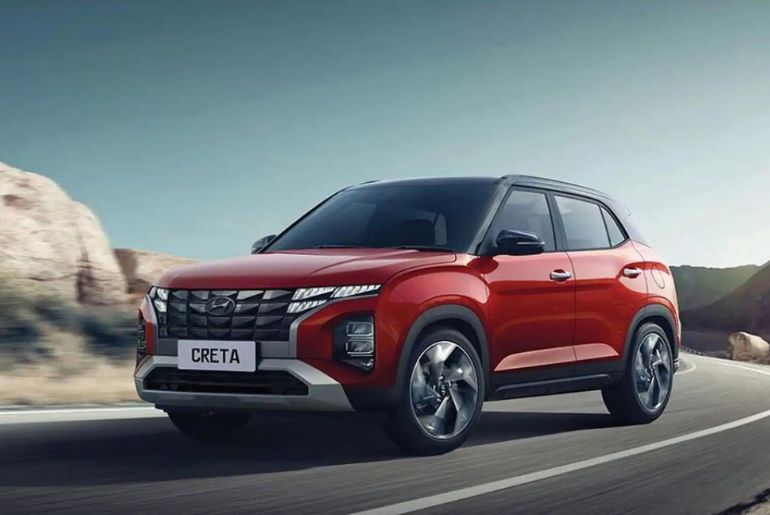Hyundai Motors said that it will introduce the first electric version of its compact sports utility vehicle, the Creta, at its plant in India in January of the following year. India is the third-largest automobile market in the world.
Hyundai plans to increase the number of SUVs in its range that are specifically designed for Indian drivers by introducing the electric Creta. By 2030, they hope to increase their total yearly production to one million units.
In spite of cutting its projections for worldwide vehicle sales by 6% by that year, it still intends to introduce four more EV models into the South Asian market by 2030.
In July 2015, Creta made its debut with the intention of targeting India. The model’s larger rear seat area than other SUVs is a reflection of India’s huge family lifestyle.
In addition, because of the bad road conditions in the nation, it has a larger bumper height—that is, the vertical distance measured from the ground to the bottom of the bumpers. An air purifier for indoor use is included.
It delivered a record-high number of automobiles in India between January and June. Hyundai plans to sell 605,000 units in India by the end of 2024.
In 2023, it bought a facility in Pune from General Motors Co. in order to intensify its entry into India. It is currently undergoing renovations to become a smart factory capable of producing over 200,000 units annually.
By 2030, the South Korean automaker hopes to have 485 EV charging stations constructed throughout India. To power their first India-specific EVs, Hyundai and its affiliate Kia Corp. will build lithium-ion phosphate (LFP) batteries, which will be mass-produced by Indian battery manufacturer Exide Energy Solutions Ltd.

